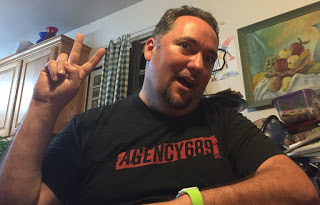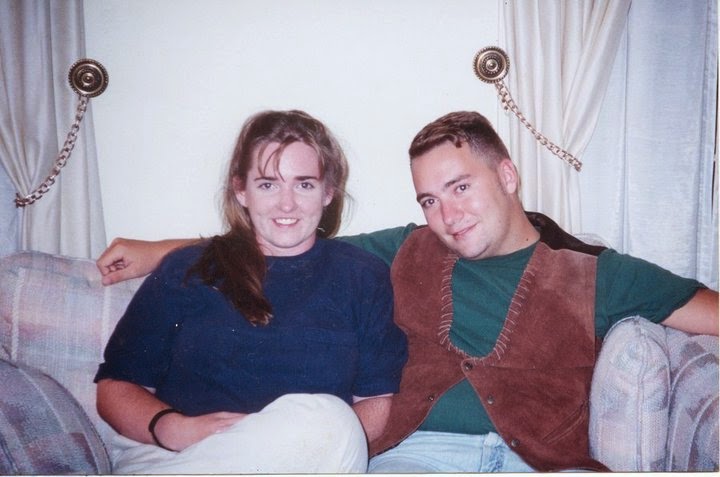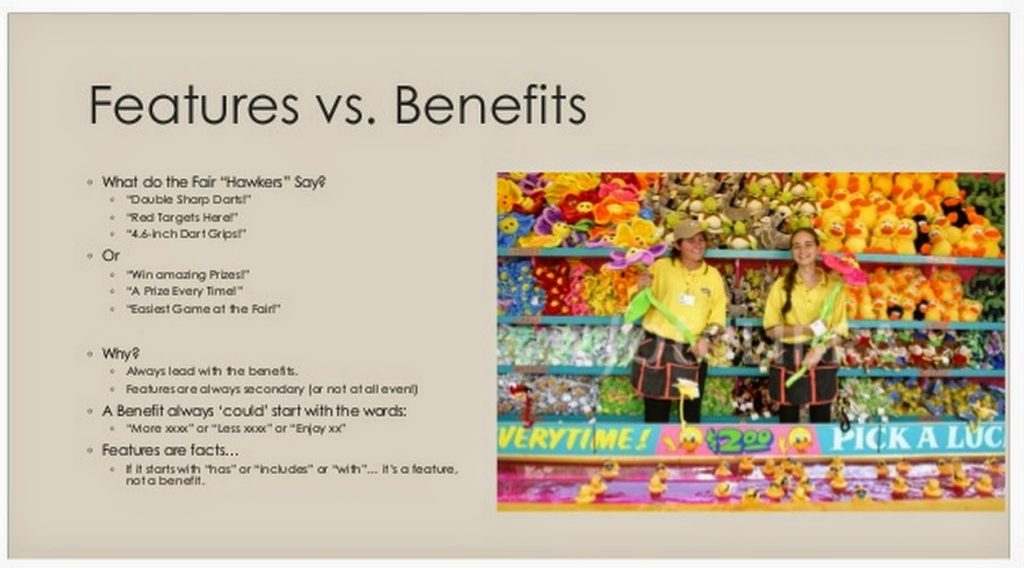Patents are an odd thing… if you might have one, it’s valuable. If you do have one, it’s of little more value than maybe having one. Writing one is hard. Getting one is hard. Using one is nearly useless. So what should a startup do?
In my 15 years and 21 patents worth of experience, this is what has worked for me. As with all such thoughts, this is not legal advice, simply my experience; I am not a lawyer.
First, it is cheap and easy to file a provisional patent. Just got to http://uspto.gov and file it. Utility Provisional is what you want, and startups can usually pay even less by selecting small business option. Less than $200 is all you should need. Write it in plain English, what it is and does, and include at least 1 figure. Easy-peasy. Suddenly you get the MOST value out of a patent you can get, but it expires in 1-year so be careful! During that year, you can say “patent pending” and that’s crucial for startups (sometimes).
Next, don’t bother filing the real (non-provisional) patent unless a.) you have the money [around $10K, because a patent attorney is a must]. AND b.) either the product is somewhat successful or the patent seems really good to you. Remember, you have 1 year to file it, and must reference the provisional… or you lose the date of the provisional filing.
Last, why bother?
Because, saying patent pending is good marketing (usually). Also because investors like it. After you are funded, they will like it if you keep building up your actual patent portfolio (of real patents, not provisional patents).
Now, get out there and LAUNCH a real product, stop worrying about patents, just write your own provisional and move on! It won’t matter unless your product is a success anyway!

















